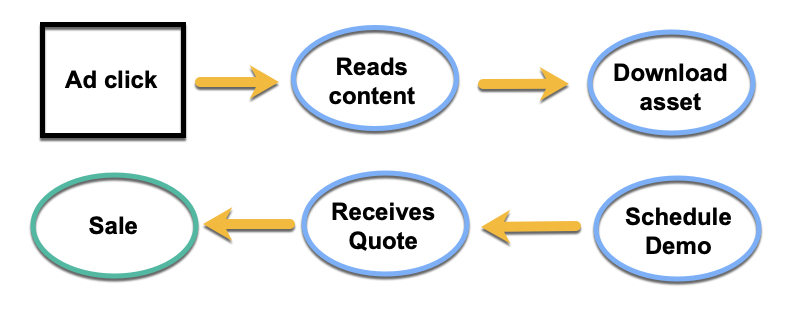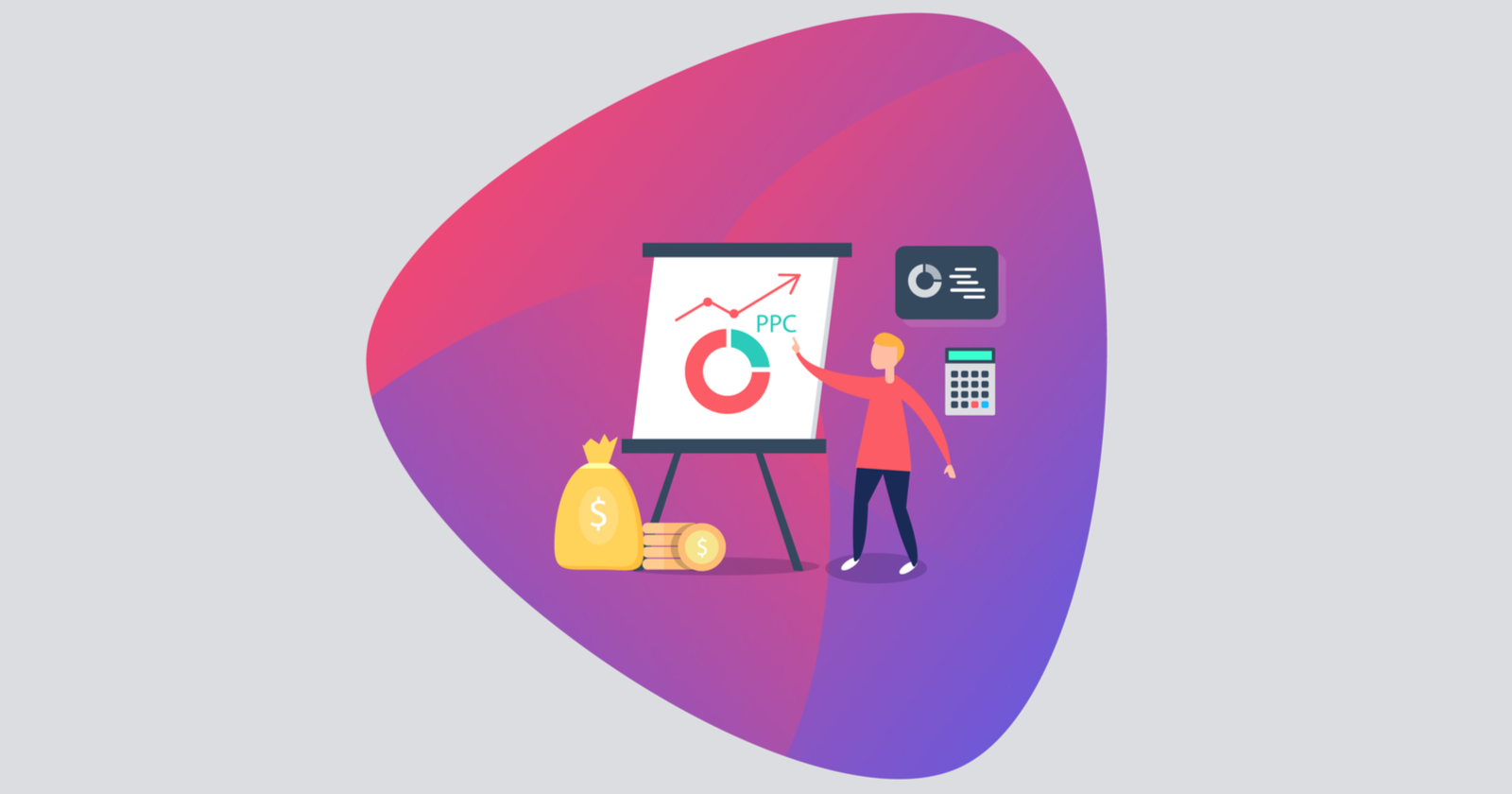As paid search marketers, we have something of a love affair with data.
PPC has gotten more expensive as the years have passed, so it’s become even more imperative to understand where every cent is going and whether or it’s producing sales.
Or at least, that’s what we tell ourselves.
I’ve analyzed PPC accounts of all types for probably close to 8 years now.
Having managed of millions of dollars of ad spend in all kinds of industries, I’ve also had the opportunity to find something surprising:
All those different accounts have a lot of the same problems!
Despite our obsession with data and driving conversions, there are many search marketers who either aren’t, or are overly obsessed with it and completely miss out on the greater piece it plays in sales: marketing.
For paid search marketers who are data-obsessed, audits can give you a fresh way to use your data and dramatically improve your performance.
Typically one is being done to assess efficiency of spend.
The kicker is in many cases, the very data being used for decision making is flawed.
How?
The measurement isn’t set up correctly, and it creates a ripple effect on decision-making.
Here is the double-edged sword that creates inefficiency right from the start in PPC.
Conversion Tracking
It’s always amazing to come across accounts without effective conversion tracking in place.
It’s usually one of a few scenarios:
- Accounts are tracking every user action known to mankind and including it in optimizations, which includes low-value actions.
- Some tracking integrations are missing, so a full picture of leads or sales is missing.
- They are tracking one very high-value (but more seldom-occurring) action, which robs PPC from the credit it should get in the buying process.
Both are problematic for different reasons.
If you aren’t tracking all your conversions, you’re leaving valuable data on the table.
For example, you can’t only count form submissions.
Take businesses like HVAC, or lawyers. Generally speaking, most leads come in the form of phone calls, not form submissions.
However, so many do not have call tracking in place, so they are only getting part of the picture on what their PPC is driving.
Technically, they have conversion tracking in place, but it’s not doing them any good.
There is also the opposite issue: so many things are being tracked, the conversions are being double-counted.
This happens often as accounts get passed to different managers over time.
Here’s an example of phone calls being counted in two different ways: it’s the same conversion, but one version is being counted every time, and the other only the unique caller:

This is common to find when going through the audit process.
Often, companies say they have conversion tracking in place, but when digging into what actually constitutes a conversion for their company, it quickly becomes clear that the numbers aren’t correct.
What is a ‘Good’ Conversion Rate?
Not surprisingly, these instances make it so most conversion rate estimates are skewed either very high or very low.
Additionally, what’s defined as a conversion can vary between industries or client definitions of them.
The problem is, when most people estimate the “typical” conversion rate, it isn’t accounting for the nuances of whether tracking is done as it should be, but also, the definition of a conversion can be very different among industry types.
Let’s look at some examples of this in the next section.
Ad Spend Efficiency
It’s clear that most Google Ads accounts aren’t doing a good job of tracking conversions.
The question is:
How does that affect campaign performance and budget?
This has gotten more complicated over time.
Back in the day, Google Ads was pretty much the only game in town, so things like CPA and ROAS were calculated in its silo.
Now you have Facebook ads, Instagram ads, YouTube, programmatic display, and the list goes on and on.
Your Google Ad spend doesn’t exist in a vacuum.
While this creates amazing opportunities to reach your potential customers in many ways, it also makes attribution a real beast.
You need to start by looking at where your Google Ads budget is really going.
Since Google Ads is PPC-based, it used to not make a ton of sense bidding on keywords or search terms that weren’t producing conversions.
After all, if you are paying for traffic that doesn’t convert, you are probably paying for the wrong traffic.
But not everyone converts on search, and as many marketers know, search is a powerful information-discovery engine.
If someone is researching a high-cost, enterprise-level B2B product, is the money wasted on clients doing their due diligence on a product?
Probably not.
The key is in evaluating your attribution to understand the role paid search is playing throughout a user’s buying process, and adjusting accordingly.
Without that context, you’re essentially judging Google Ads’ ability to convert at the bottom of the funnel.
One size does not fit all.
Two Examples of Different Efficiency
Let’s look at the HVAC example we mentioned.
If someone searches for “broken a/c repair,” they are going to convert quickly. They’re panicking and have an immediate need.
There isn’t much to consider with attribution – the user isn’t price shopping, they’re calling, and whoever answers first is probably going to win the business.

In these situations, the focus is spending the majority of your budget on search terms with a track record of producing conversions.
These search terms are how your target audience is actually finding you.
Now let’s look at the long-term sale B2B enterprise software advertiser.
Months of research go into larger purchasing decisions such as those, so measuring something like quotes generated off Google Ads is never going to make it look favorable.
The goals must be adjusted for what its role is.
In those examples, micro-conversions can be helpful.
This includes actions such as:
- How many pages they viewed.
- Which content they viewed.
- If they downloaded additional information.
All of these can serve as leading indicators that you are talking to your right customer.

Ideally, this type of advertiser has a larger CRM that takes in all these interactions so an attribution model can help guide each channel’s spend allocation
Start with the Right Foundation
After auditing hundreds of Google Ads accounts, I still find search marketers aren’t consistently using PPC to its full potential.
While there are many other levers the can be adjusted to make performance even better, most of that isn’t helpful if you’re working with faulty conversion data.
To succeed in today’s competitive paid search market, we have to do more than just talking about data.
We need to track everything and then use that data to focus our efforts on minimizing marketing waste and maximizing conversions and profits.
More Resources:
- 8 Ways You’re Doing Google Ads Wrong & How to Make It Right
- 15 Ways to Optimize a Paid Search Campaign
- Why the Path to PPC Success Is Rarely Straight
Image Credits
In-Post Images: Taken/created by author, August 2020





